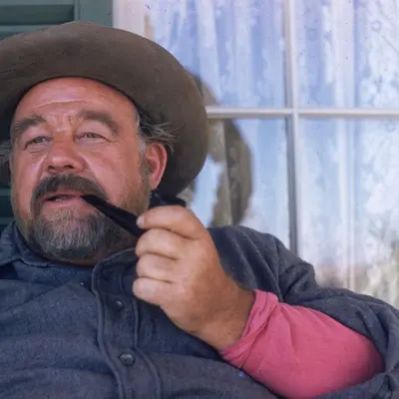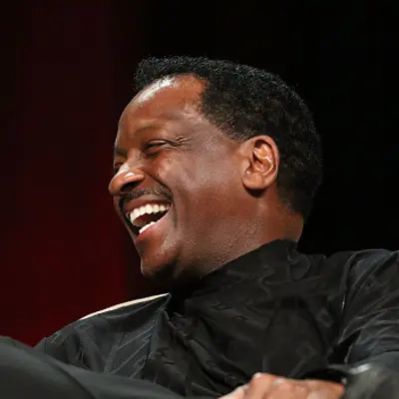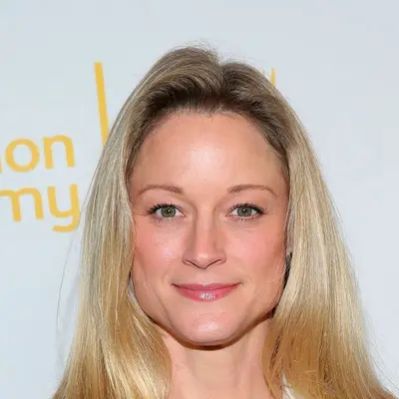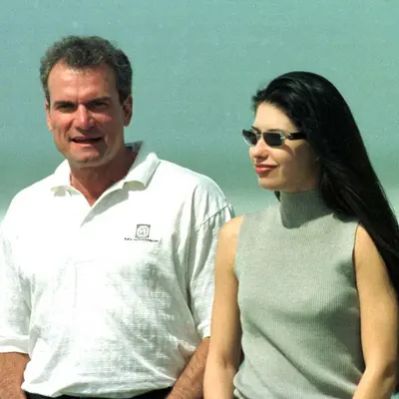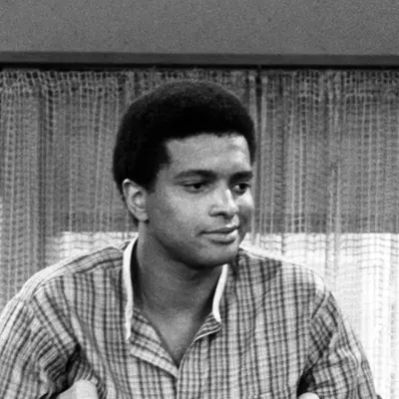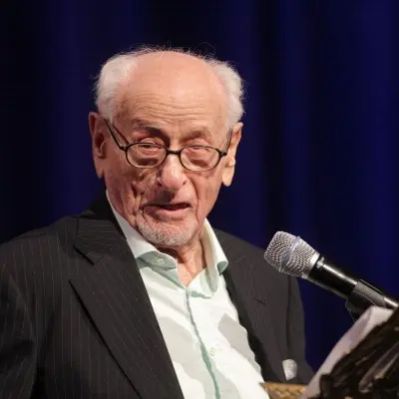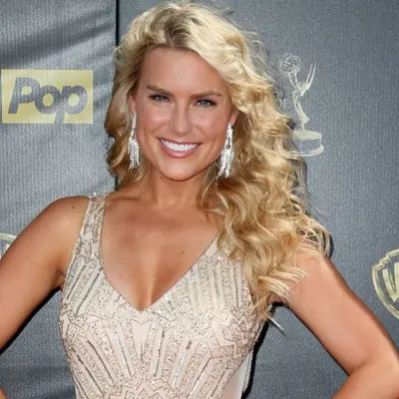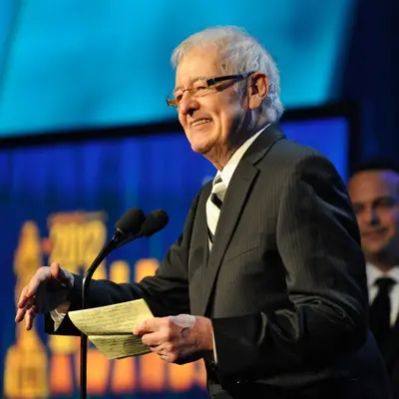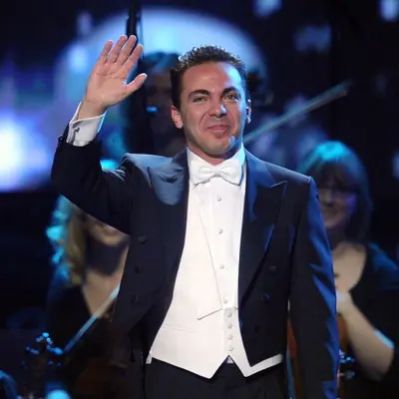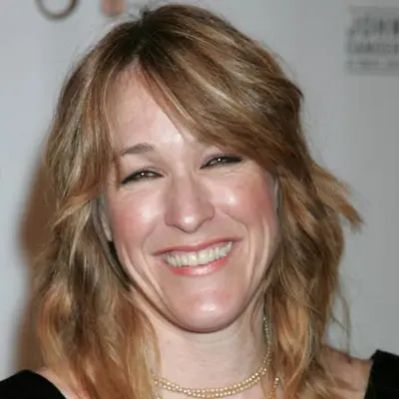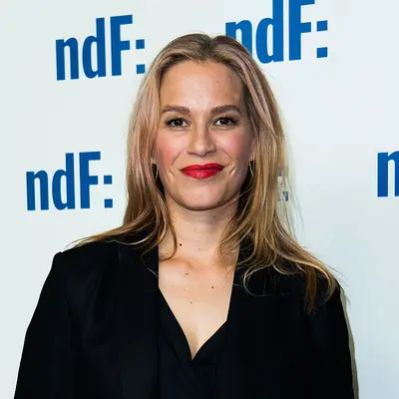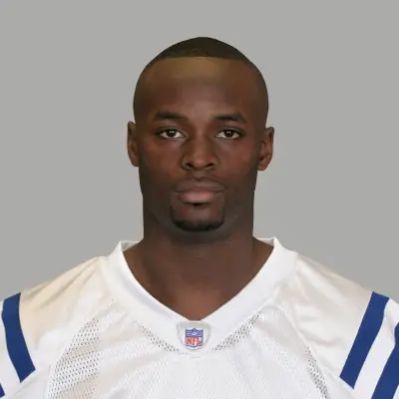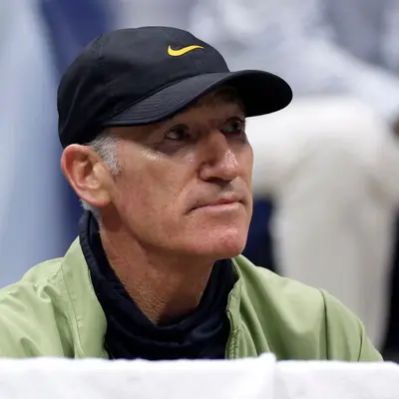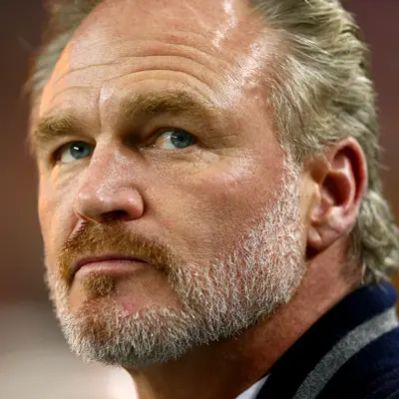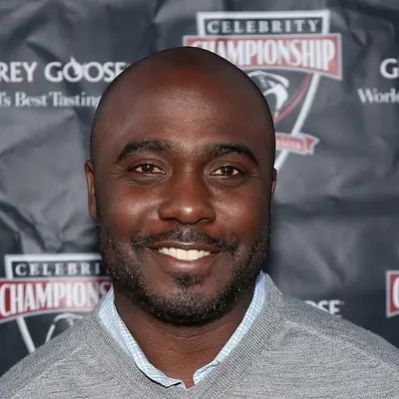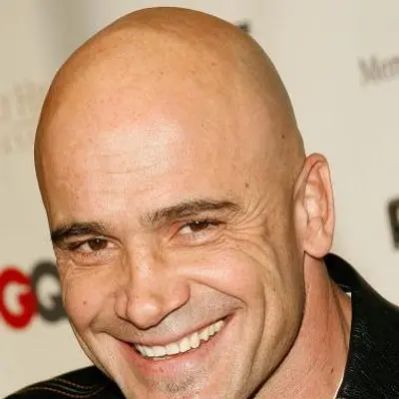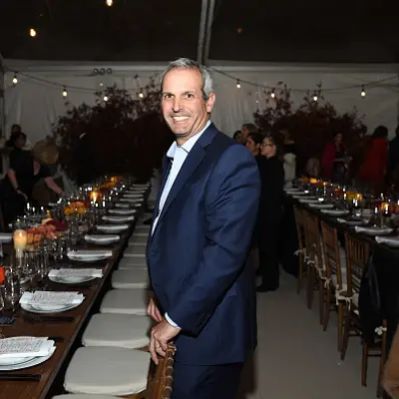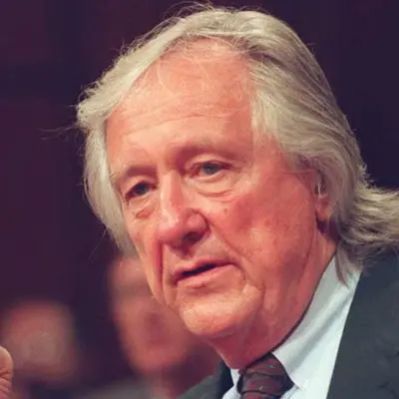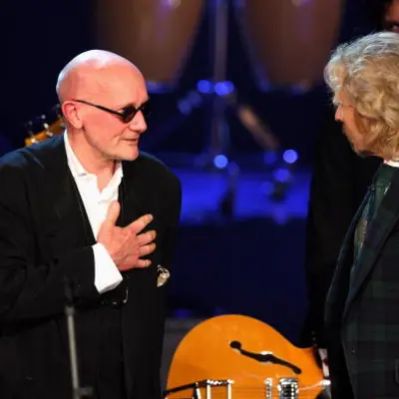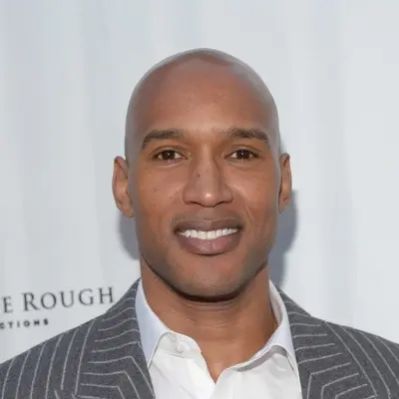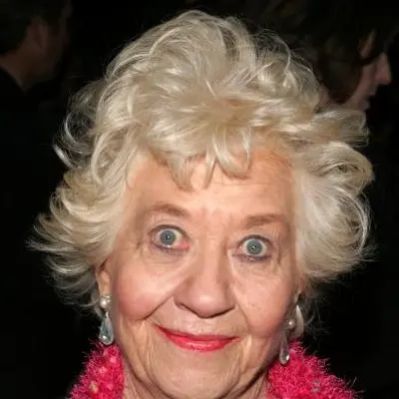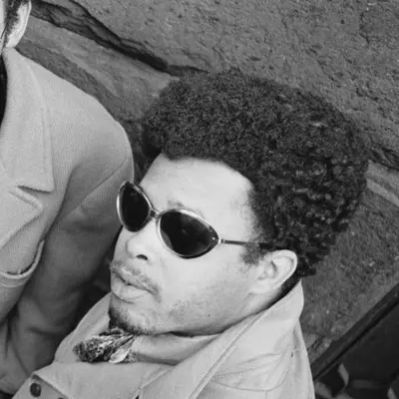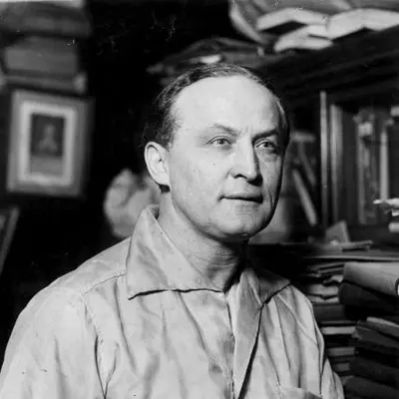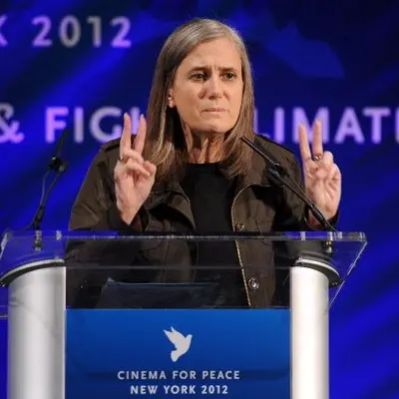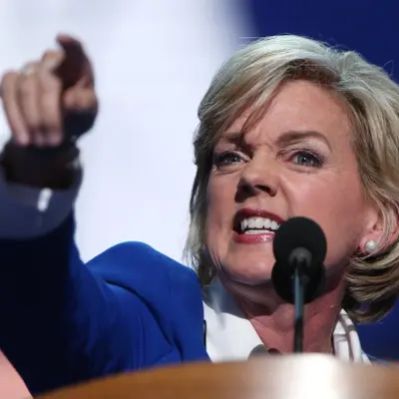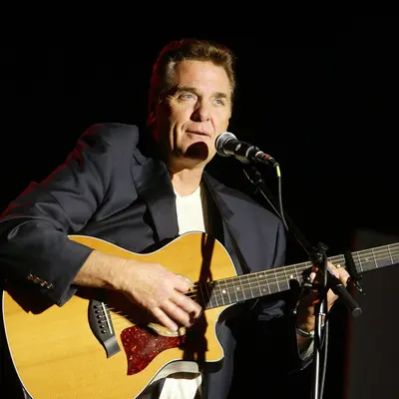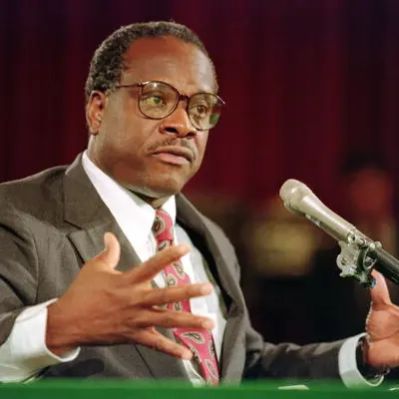What Is Burl Ives’ Net Worth?
At the time of his death on April 14, 1995, Burl Ives, the multifaceted American singer, musician, actor, and writer, had an estimated net worth of $5 million. This figure represented the culmination of a long and varied career spanning several decades, encompassing successes in music, film, television, and theater.
Sources of Burl Ives’ Net Worth
Burl Ives’ $5 million net worth was accumulated through various streams of income, reflecting his diverse talents and successful career across multiple entertainment platforms. While precise figures for each category aren’t publicly available, we can infer the significance of each source based on his career highlights.
Film and Television Acting: Ives earned income from over 50 acting credits, including roles in films like “East of Eden” (1955), “Cat on a Hot Tin Roof” (1958), and “The Big Country” (1958). His roles in television series such as “O.K. Crackerby!” (1965–1966) and “The Bold Ones: The Lawyers” (1969–1972) also contributed. His supporting role in “Cat on a Hot Tin Roof” earned him significant critical praise and likely a substantial salary. In “The Big Country” (1958), his performance as Rufus Hannassey not only won him an Academy Award and a Golden Globe but also significantly boosted his profile and earning potential. Given the film’s success, Ives’s salary for this role, along with subsequent offers, would have been considerable.
Music Recordings and Performances: As a Grammy-winning singer, Ives released numerous albums and singles. His hit songs, such as “Lavender’s Blue (Dilly Dilly),” “On Top of Old Smoky,” “A Little Bitty Tear,” and “Funny Way of Laughin’,” generated royalties and performance fees. Notably, his holiday songs “Rudolph the Red-Nosed Reindeer” and “A Holly Jolly Christmas,” from the 1964 special “Rudolph the Red-Nosed Reindeer,” continued to chart on the “Billboard” Holiday Songs chart well into the 2020s, indicating a long-term revenue stream. “A Little Bitty Tear” reached #1 on the “Billboard” Adult Contemporary chart, and this success would have translated into substantial royalties and increased demand for live performances. Ives’s cover of “Lavender Blue” was nominated for an Academy Award for Best Original Song after its inclusion in the 1948 film “So Dear to My Heart,” which brought additional exposure and financial benefits.
Broadway and Stage Productions: Ives performed in Broadway productions like “The Boys from Syracuse” (1938–1939), “Show Boat” (1954), and “Cat on a Hot Tin Roof” (1955–1956), earning salaries for his performances. Broadway engagements, particularly successful ones like “Show Boat,” offered stable income and opportunities for enhanced recognition, thereby increasing his market value in other entertainment domains.
Writing and Publishing: Ives authored books such as his autobiography “Wayfaring Stranger” (1948) and the children’s book “Sailing on a Very Fine Day” (1954), earning royalties and income from book sales.
Burl Ives’ Career Highlights and Earnings
Burl Ives’ journey to accumulating his $5 million net worth involved numerous milestones across different entertainment mediums.
Early Career: Ives began his career traveling around the U.S. as a singer in the early 1930s, performing on the Terre Haute radio station WBOW. While the exact earnings from these early performances are unknown, they provided essential experience and exposure. Early performances on the Terre Haute radio station WBOW, while not highly remunerative, allowed Ives to hone his skills and build a regional following. His transition to Broadway in 1938 marked a significant step-up in terms of income and prestige.
1940s: In 1940, Ives secured his own radio show, “The Wayfaring Stranger,” named after one of his songs. This would have provided a steady income and increased his national profile. His draft into the U.S. Army in 1942 interrupted his civilian career, but his participation in Irving Berlin’s “This Is the Army” likely provided a salary and further exposure. His first film role came in 1946 with “Smoky,” followed by roles in “Green Grass of Wyoming,” “Station West,” and “So Dear to My Heart” in 1948, each adding to his income and reputation. “Lavender’s Blue (Dilly Dilly)” reached #1 in Australia in 1949, boosting his international appeal and earnings.
1950s: The 1950s saw Ives take on more significant film roles in “Sierra” (1950), “East of Eden” (1955), “The Power and the Prize” (1956), and “A Face in the Crowd” (1957). In 1958, he played Big Daddy Pollitt in “Cat on a Hot Tin Roof” and won an Oscar and a Golden Globe for his performance in “The Big Country.” These roles represented a peak in his acting career, commanding higher salaries and offering opportunities for profit participation. Playing Big Daddy Pollitt in “Cat on a Hot Tin Roof” was a pivotal role that not only highlighted his acting prowess but also significantly increased his market value. His Oscar and Golden Globe win for “The Big Country” in 1958 dramatically enhanced his career, leading to higher-paying roles and more lucrative contracts. During the 1950s, Ives’s film roles, such as in “East of Eden” (1955) and “A Face in the Crowd” (1957), established him as a versatile actor, leading to better contracts and increased financial stability.
1960s: From 1965 to 1966, Ives starred in the ABC sitcom “O.K. Crackerby!,” providing a steady income from television. His narration of the 1964 special “Rudolph the Red-Nosed Reindeer” and the continued popularity of his holiday songs ensured ongoing royalties. His role in the ABC sitcom “O.K. Crackerby!” from 1965 to 1966 provided a stable and substantial income, reflective of his established status in the entertainment industry. The enduring popularity of his narration in the 1964 “Rudolph the Red-Nosed Reindeer” special ensured a consistent stream of royalties, demonstrating the lasting impact of his work.
1970s and Beyond: Ives continued to act in television series like “The Bold Ones: The Lawyers” (1969–1972) and “Alias Smith and Jones” (1971–1972). He also appeared in films like “Just You and Me, Kid” (1979) and had guest roles on shows like “Little House on the Prairie” (1977) and “Roots” (1977). These later roles added to his income, although likely at a lower rate than his peak years. From 1969 to 1972, his starring role in “The Bold Ones: The Lawyers” on NBC provided a significant and consistent income stream, contributing substantially to his net worth. His recurring role as Big Mac McCreedy on ABC’s “Alias Smith and Jones” from 1971 to 1972 added further stability to his earnings during this period.
Real Estate Holdings
In 1974, Burl and Dorothy Ives purchased an 8,500-square-foot home in Montecito, California. This property, built in 1917, featured five bedrooms, seven bathrooms, a chef’s kitchen, a conservatory, a 2,500-square-foot guest house, an 80-foot swimming pool, a spa, and a stable, all situated on 4.5 acres. The estate was listed for $16.98 million in 2014, indicating a substantial increase in value over the years. The Montecito estate, acquired in 1974, not only served as a luxurious residence but also proved to be a significant asset, with its market value reaching $16.98 million by 2014, reflecting considerable appreciation. The 4.5-acre property in Montecito, complete with a guest house, pool, and stable, added substantially to Ives’s estate, underscoring the importance of real estate in his overall financial portfolio.
 Net Worth Ranker
Net Worth Ranker
